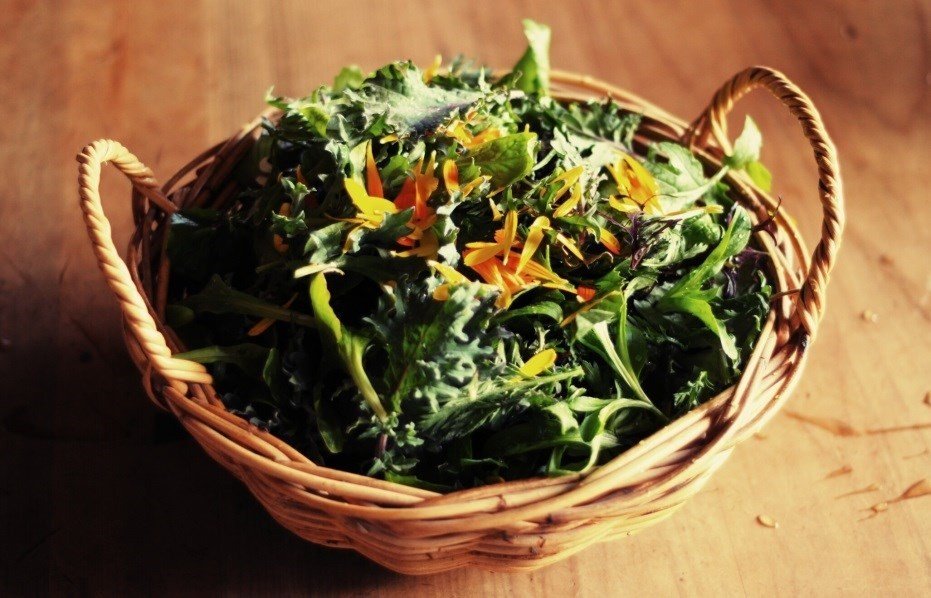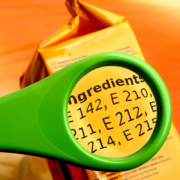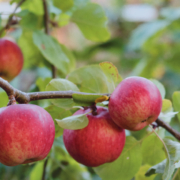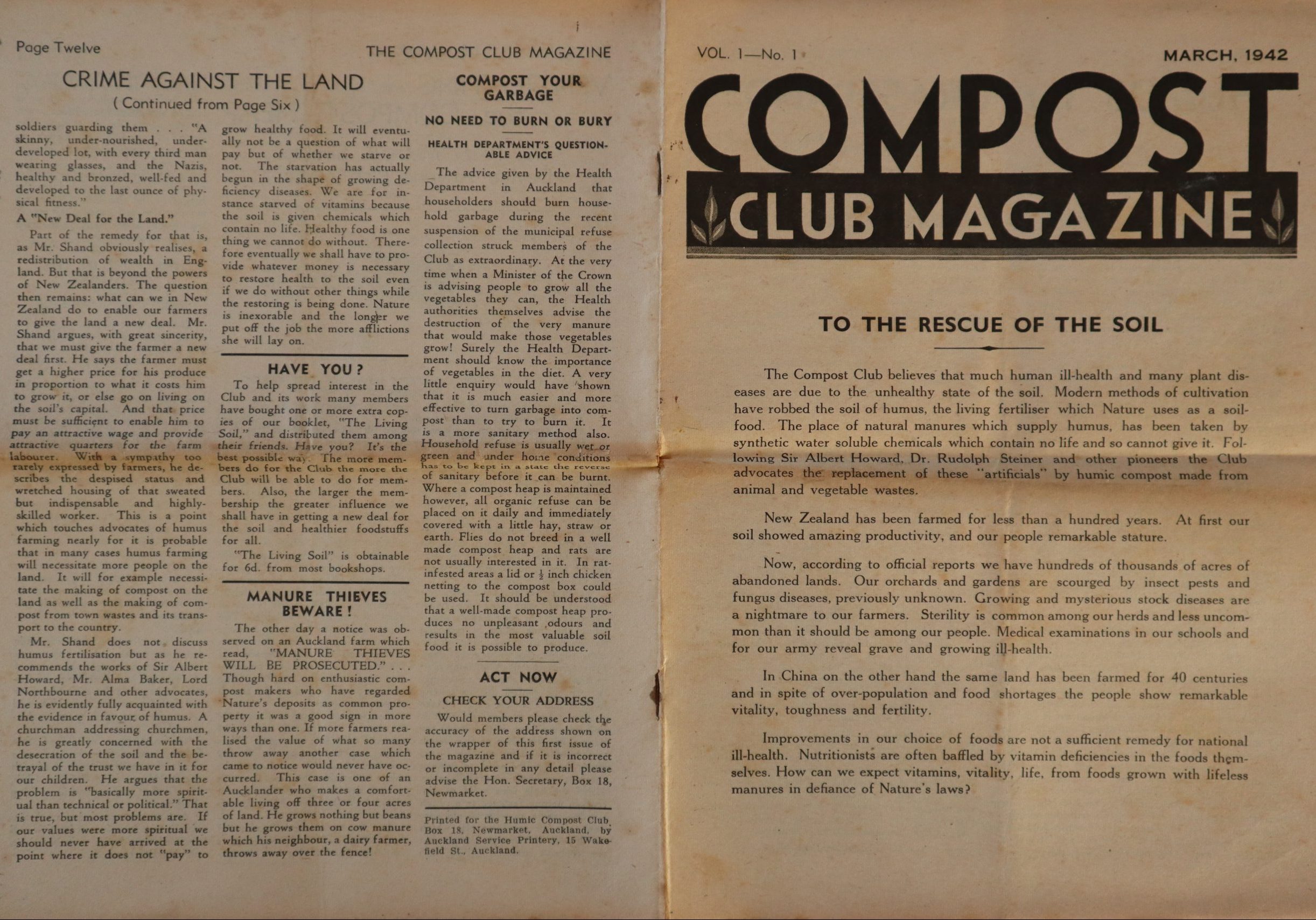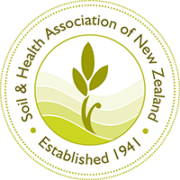Safe food storage: healthy options for food packaging and storage
Kyra Xavia investigates at the health risks of plastic used for food packaging and storage, and offers suggestions for healthy alternatives
We hope you enjoy this free article from OrganicNZ. Join us for access to exclusive members-only content.
Plastic pervades every area of our life. Unfortunately it also permeates our body where it does not belong. As consumers we assume packaging materials are safe but what’s being uncovered does not look safe at all.
So far bisphenol A (BPA), styrene and families of chemicals called pthalates, (there isn’t enough room to list them individually), adipates, organohalogens, nonylphenols, and heavy metals, have all been identified as having detrimental effects on health. Vinyl chloride, a known carcinogen, is used to produce polyvinyl chloride (PVC).
Despite mounting scientific evidence and consumer concerns, these substances are still used in packaging that is supposed to keep our food safe. Plastic packaging is used because it’s inexpensive, light, durable, liquid and grease resistant. Packaged products have a long shelf life and are easier and cheaper to transport. Unfortunately our dependence on plastics comes with a high cost to our health and the environment.
Why are plastics nasty?
Some plastics are hardened and are less reactive but the majority of plastics used in packaging leach chemicals, whether from the plastic itself, synthetic antioxidants it has been coated with, residue from production, or numerous additives that give it ‘desirable’ properties. Claims plastics are safe because only minute amounts of these chemicals migrate into food and liquid (measured in parts per million) are based on flawed reasoning.
Traditional toxicology assumes the higher the dose the higher the effect. At low doses, there is a point at which no observable adverse effect occurs, known in scientific circles as the ‘no observable adverse effect level’ (NOAEL). But the disruption of the body’s sensitive hormonal system can occur at doses far below the NOAEL, and the existing safety assessment framework for chemicals is ill-equipped to deal with hormone mimicking substances found in plastics.
Some chemicals increase in toxicity when combined and no one knows the effects of these unlimited combinations. Testing does not account for the effects of simultaneous exposure to many chemicals and may lead to serious underestimations of risk.
One controversial fact remains: food and drink packaged in plastic becomes contaminated to some degree. Up until April 2002 the FDA called these plastics ‘indirect food additives’ which acknowledged they migrate into the products they come into contact with. In April 2002, this was changed to a more benign term, ‘food contact substances’.
Hazardous to the hormone system
Probably the most talked-about compounds in plastics are xenoestrogens, which were investigated and documented in the book Our Stolen Future. Since then numerous scientific studies have linked xenoestrogens with cancer and other illnesses.
Xenoestrogens are now more commonly called endocrine disruptors because these chemicals affect the body’s endocrine system, which includes the pituitary, thymus, thyroid, adrenal, pancreas and ovaries and testes glands. The endocrine system regulates the body in extremely complex and subtle ways, which is why endocrine disruptors have such wide-ranging harmful impacts. Most importantly cell division, development and growth are negatively interfered with, so those most vulnerable are unborn babies, children and teenagers.
Endocrine disruptors have been implicated in low fertility, insulin resistance, thyroid dysfunction and type two diabetes in men, endometriosis, breast cancer, polycystic ovarian disease in women, as well as altered germ cell and fetal development, behavioural as well as developmental problems and early onset puberty in children.
Endocrine disruptors accumulate in fatty tissue, and although some substances from plastics may be excreted, their metabolites often have more toxic effects, as is the case with pthalates.
Hidden plastics
Plastics are used in the linings of canned foods and beverages, on bottle tops, in heat-seal coatings on metal foils such as those found on yoghurts, cream and individual portions of milk and in aluminium paper-foil laminates like tetrapaks and also as a component of paper and paperboard in contact with liquid, fatty and dry foods, such as butcher’s paper. Plastics are also used in inks, resins, adhesives, sealants, protective coatings and finishes of food packaging.
Plastic confusion
How many consumers know the names and properties of plastics coded 1 to 7 and their intended uses? To add to the confusion, the recycling number 7 is a catch-all for those plastics not made of resins numbered 1 to 6, or made from a combination of those resins. Products can also be packaged with a combination of plastics.
New ‘bio-plastics’ are being developed with consumer concerns in mind – stay informed if you decide to use them. Some types of polyethylene are biodegradable but require specific environmental conditions in order to decompose. Also the presence of certain additives can prevent the degradation of such plastics. High levels of lead and cobalt have also been detected in some biodegradable plastic shopping bags, which raise concerns about toxic residue in the environment. Some food packaging simply will not decompose. Those that do break down can release toxins that end up in the water, soil and air which go back into the food chain.
Heating, leaching and storage time
Warmth and heating softens and weakens plastics, which accelerates the migration of endocrine disruptors into food. During the canning process high temperatures cause BPA in the plastic lining of cans to be absorbed by food.
Liquids absorb chemicals more readily than dry foods. Oils, and foods with a high fat and oil content, absorb endocrine disruptors from plastics, because oils and fats have an affinity with hormone-like molecules. Acidic food such as citrus, tomatoes and vinegar will also react with plastic.
The duration food and liquids are stored in plastic packaging, plastic lined cans and tetrapaks also determine the amount of chemicals that are absorbed.
The precautionary principle
ALL plastics are unsafe when heated, scratched, worn, broken or tacky to the touch. Plastics release harmful volatile organic compounds and all plastics degrade over time. With scientific evidence stacking up against the safety of plastics, consumers should err on the side of caution and reduce their exposure to plastic as much as possible.
Glass, ceramics, stainless steel (for non-acidic items), uncoated cardboard, unbleached paper and cheesecloth are inert and will NOT react with the food and liquids they come in contact with.
Reduce your exposure to plastics
Shopping
- Ask shops to supply paper bags.
- Choose loose items instead of those in plastic bags, and put them in paper bags.
- Select loose dry foods from bulk bins and use paper bags instead of plastic.
- Choose items packaged in glass over those in plastic, especially fruit juices, tomatoes and products containing vinegar.
- Avoid canned food, especially canned tomatoes and citrus fruit.
- Avoid beverages in cans.
- Avoid butter and oil-based spreads sold in plastic containers.
- Buy butter wrapped in waxed paper at your local organic outlet or delicatessen.
- Check expiry dates – fresher products will have less time exposed to plastic.
- Buy cheese and meat cut to order from the deli or butcher. Get it wrapped in plain, uncoated paper (butcher paper is often coated with shiny, waterproof PVC).
- Avoid foil-lined tetrapaks and foil laminated sachets as these are often coated with polyethylene on the inside.
- Shop at outlets that provide recycled glass containers for refilling liquids.
At home
- Serve food and drinks from ceramic, glass, stainless steel, natural bamboo and wood.
- Replace items stored in plastic into glass or ceramic containers once you get home. Farmers retail outlets stock a range of glassware with plastic lids imported from France called Frigoverre. Ensure the food inside doesn’t touch the lid.
- Use unbleached cheesecloth to wrap items that need protection in the fridge. For those that need to be kept moist, wrap with damp cheesecloth. The cloth can be washed and reused many times.
- Avoid any form of plastic when thawing, microwaving or reheating food.
- Use a plain paper towel, preferably unbleached, to cover food in the microwave instead of plastic wrap.
- Ceramic and glass containers are best for microwave use.
- Use glass, ceramic or stainless steel bowls for mixing and baking.
- Avoid electric plastic mixers. Use a glass bowl with a stainless steel handheld barmix or eggbeater.
- Wooden cutting boards are preferable to plastic.
- Squeeze your own juice instead of buying it in plastic bottles.
- Buy fresh produce instead of using pre-cut/frozen vegetables and fruits.
- Dispose of scratched, cloudy, sticky, worn and damaged plastic utensils and bowls.
- Invest in quality cast iron or stainless steel cookware, pyrex glass and ceramics. These should last a lifetime.
For your baby
- Glass baby bottles are safest. They won’t leach any chemicals when washed, heated or scratched.
- Store breastmilk in glass in the fridge with a tight screwcap lid.
- Choose baby food in glass jars instead of cans, plastic and foil sachets.
- The best baby food is homemade from fresh organic vegetables, fruit and meat. Store in glass in the fridge and serve from ceramic plates. Avoid plastic cutlery.
Healthy drinking
- Avoid large clear polycarbonate containers of distilled water. They leach BPA. Polyethylene terephthalate (PET) plastic water bottles are BPA-free but should only be used once.
- Avoid buying plastic bottled water altogether.
- Invest in a quality water filter and fill your own safe containers.
- Use glass bottles or lightweight stainless steel drinking canisters with stainless steel tops (e.g. from www.ecotanka.com).
- Fill up on spring water if you have a safe local source (such as that available on tap outside Speight’s Brewery in Dunedin).
- Avoid drinking water from plastic containers left in cars or warm environments.
- Avoid drinking hot drinks in polystyrene cups.
- Replace plastic electric jugs with stainless steel ones.
- When using tap water (especially if you don’t have a water filter), run the water for a few minutes, particularly in the morning. Most water pipes are made with unsafe PVC.
School lunches and picnics
- Avoid clingwrap made from PVC, and check with manufacturers that E320 butylated hydroxy-anisole (BHA) and E321 butylated hydroxy-toluene (BHT) aren’t used.
- Invest in long lasting recyclable cloth fabric wraps and snack bags lined with bio-plastic from 4yourearth (www.4myearth.co.nz ). Wrap food with a handy towel before putting inside.
- For picnics use disposable plates, cups, cutlery, serving utensils and dishes made from bamboo fibre, cardboard and starch.
References
- Lougheed, T, ‘Outside Looking In: Understanding the role of science in regulation’, Environ Health Perspect 117:A104-A110, 2009
- Colborn, Theo, Dianne Dumanoski and John Peterson Myers, Our stolen future: Are we threatening our fertility, intelligence, and survival? A scientific detective story, New York, Dutton, 1996, www.ourstolenfuture.org
- The Prague Declaration on Endocrine Disruption. In June 2005, over 100 research scientists from 15 countries actively involved in research on endocrine disruptors issued a joint, signed statement raising concerns about endocrine disruption.
- National Toxicology Program, Department of Health and Human Science, Substance Profiles: Vinyl Chloride, in Report on Carcinogens, eleventh edition, http://ntp.niehs.nih.gov/ntp/roc/eleventh/profiles/s186viny.pdf
- Krimsky, Sheldon, Hormonal Chaos: The scientific and social origins of the environmental endocrine hypothesis, Baltimore, Johns Hopkins University Press, 2000
- Phillips, ML, ‘Phthalates and Metabolism: Exposure correlates with obesity and diabetes in men’, Environ Health Perspect 115:A312–A312, 2007
- Renner, R, ‘New Phthalate Link?: DEHP metabolites and altered thyroid hormone levels in men’, Environ Health Perspect 115:A363–A363, 2007
- Weinhold, B, ‘Gamete Gamble: Phthalate alters germ cell development’, Environ Health Perspect 117:A33–A33, 2009
- Tillett, T, ‘Bisphenol A, Chapter 2: New data shed light on exposure, potential bioaccumulation’, Environ Health Perspect 117:A210–A210, 2009
- Guenther, K et al, ‘Endocrine Disrupting Nonylphenols Are Ubiquitous in Food’ Environ. Sci. Technol. 36(8), pp 1676–1680, 2002
- Marla Cone, ‘Chemical in plastic may harm children’, Los Angeles Times, 16 April 2008
- Fred Pearce, ‘Biodegradable plastic bags carry more ecological harm than good’, The Guardian, 18 June 2009
- McGovern, V, ‘Polycarbonate Plastics and Human BPA Exposure: Urinary levels rise with use of drinking bottles’, Environ Health Perspect 117:A406–A406, 2009

